Publications
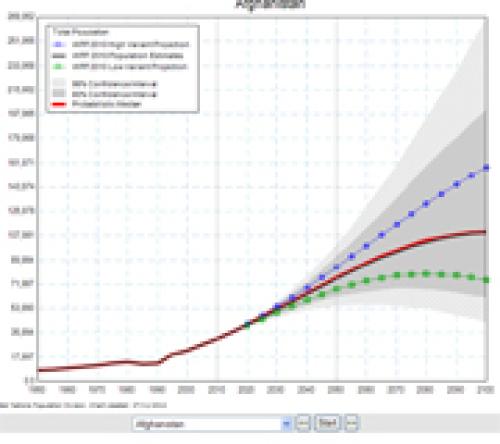
The current world population of 7.2 billion is projected to increase by 1 billion over the next 12 years and reach 9.6 billion by 2050, according to a United Nations report launched today, which points out that growth will be mainly in developing countries, with more than half in Africa.
“Although population growth has slowed for the world as a whole, this report reminds us that some developing countries, especially in Africa, are still growing rapidly,” said the Under-Secretary-General for Economic and Social Affairs, Wu Hongbo in a press release on the report.
The report, World Population Prospects: the 2012 Revision, notes that the population of developed regions will…
Africa and Asia together will account for 86 per cent of all growth in the world’s urban population over the next four decades, adding that this unprecedented increase will pose new challenges in terms of jobs, housing and infrastructure. Africa’s urban population will increase from 414 million to over 1.2 billion by 2050 while that of Asia will soar from 1.9 billion to 3.3 billion, according to the 2011 Revision of the World Urbanization Prospects, produced by the UN Population Division of the Department of Economic and Social Affairs (DESA).
The largest increases in urban population are expected in the following countries: India, China, Nigeria, the United States and Indonesia…

On 9 February, DESA’s UN Forum on Forests Secretariat launched the Forests for People book as part of the special event marking the closing of the International Year of Forests 2011. Including articles from 75 authors from 35 countries, it celebrates the interconnections between people and forests and promotes greater understanding of their economic, environmental and social values. The 300-page fully illustrated publication is a collaborative effort between the UNFF Secretariat and Tudor Rose publishing.
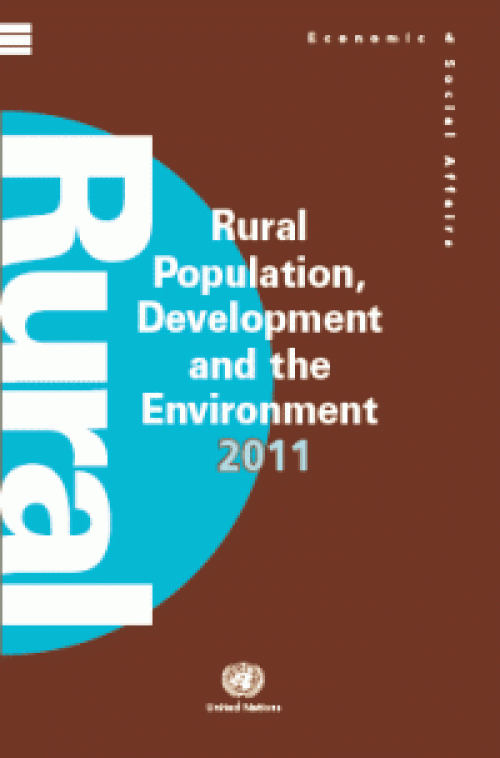
UN Population Division's wall chart on Rural Population, Development and the Environment 2011 presents the latest data available for 15 indicators of rural population, land use, development and environment. It provides estimates at the national, regional and world levels, giving us a better understanding of the relationship between demographic dynamics, natural resources and cultural practices.
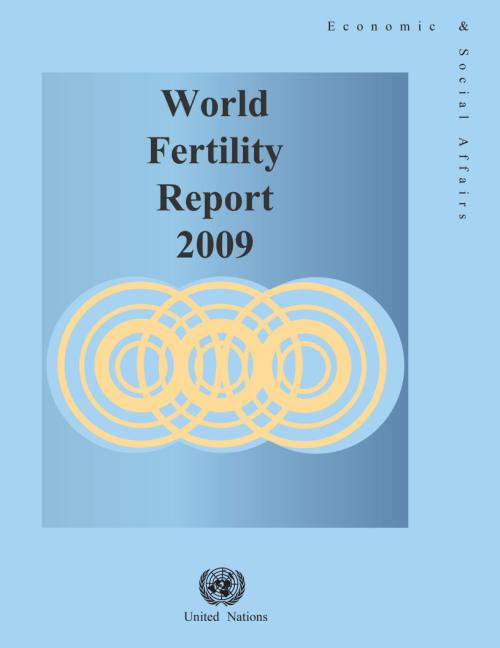
This report, published by the Population Division, is the third in the series of the analysis of reproductive behaviour worldwide. It discusses levels and trends of fertility, the timing of childbearing, marriage, contraceptive use and national policies with respect to fertility and childbearing for 196 countries or areas. The data presented are obtained from civil registration statistics, population censuses and nationally representative sample surveys.
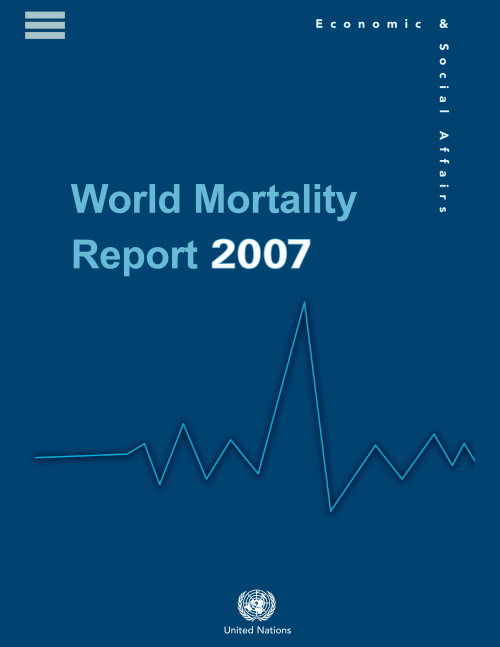
The report provides a comprehensive set of mortality estimates for the world’s countries. The objectives of the report are twofold. First, the results of the 2006 Revision of World Population Prospects are used to provide an overview of levels and trends of mortality for 195 countries and areas that had populations of 100,000 or higher in 2007. The second objective is to document the availability of information relevant to the estimation of child and adult mortality at the national level in order to set the basis for the continuing improvement of mortality estimation.

The 2010 Revision of the World Population Prospects is the twenty-second round of global demographic estimates and projections undertaken by the Population Division of DESA. The world population prospects are used widely throughout the UN and by many international organizations, research centers, academic researchers and the media. This new revision was released on 3 May and key findings and projections were presented at a press conference in New York by Hania Zlotnik, Director of DESA’s Population Division. The next revision is due in the first part of 2013.

The World Population Ageing 2009 report, by DESA's Population Division, which updates the 2007 edition, provides a description of global trends in population ageing and includes a series of indicators of the ageing process by development regions, major areas, regions and countries. This new edition includes new features on ageing in rural and urban areas, the coverage of pension systems and the impact of the 2007-2008 financial crisis on pension systems.
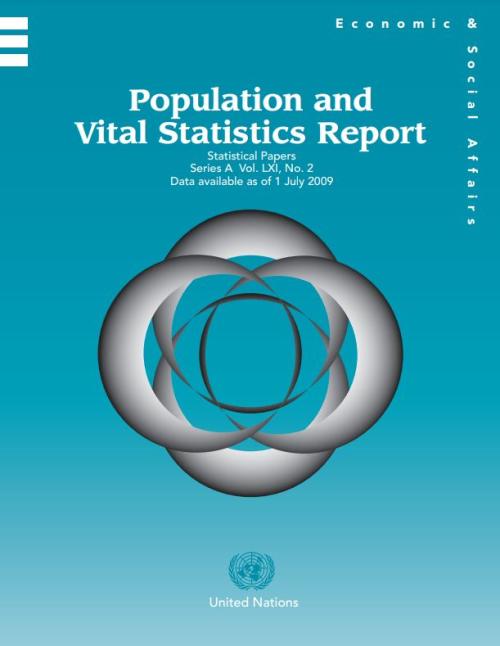
This issue of the Population and Vital Statistics Report presents data for countries or areas on population size (total, male, and female) from the latest available census, estimated total population size for 2006 or 2007 (the later available year), and the number and rate of vital events (live births, deaths, and infant deaths) for the latest available year within the past 15 years (1993-2007). These data are presented as reported by national statistical authorities.
 Welcome to the United Nations
Welcome to the United Nations